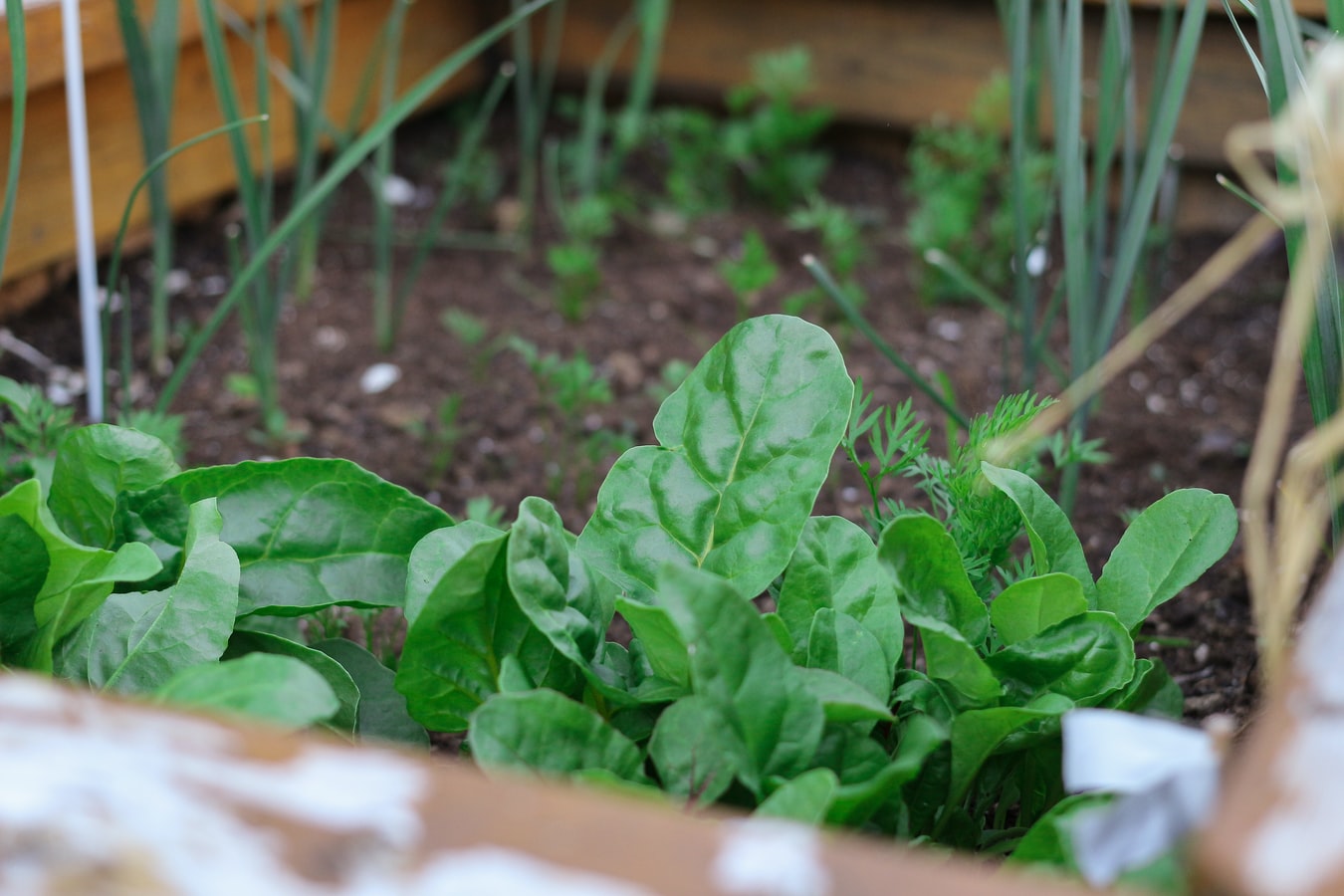By sourcing the right materials and planning effectively, anyone can create a garden that is both beautiful and good for the planet. There are a variety of tools and techniques that you use to maximize the space you have to work with and keep your garden looking vibrant and well managed.
Here are five ideas to help you get started on your next garden project:
1. Consider an eco-roof for a natural look
In recent years, eco roofs or living roofs have been growing in popularity. This type of roof is covered in plant life and helps to increase biodiversity.
They also have a range of other benefits including; providing good insulation, controlling the runoff of water or improving local air quality. Eco roofs can also look wonderful too and will turn your outdoor space into a green paradise.
Search online for inspiration on different looks you can create before you get started.
2. Invest in an external building with eco materials to organise all your tools and seeds
Every gardener needs their tools to maintain and grow their garden and it is therefore essential that you have a safe and secure place to store them between uses. External buildings such as sheds are long-term investments, and if you are DIY savvy, can be built with locally sourced eco materials at a lower cost than pre-built external buildings.
Metal is a hard-wearing durable material that can last for decades, take a look at this advice on metal buildings for tips before you begin construction.
Most sheds become messy over time and many people are guilty of letting their shed become so disorganised they can no longer find the tools they need, or even get inside the building. Take some time to install organisation systems such as tool racks, shelving, bicycle mounts and waterproof storage boxes.
3. Conserve water
Another eco-friendly idea for your garden is to conserve as much water as possible and there are a number of ways to do this. You can begin to do this by installing butts on downpipes.
If you have a little more time and space, you could consider installing a large underground rain tank. The water you collect can be used to water your plants or even connected to your plumbing system to flush your WC.
You should avoid installing sprinklers in your garden, especially those that work on a timer. They often spray out much more water than your garden really needs and are extremely wasteful. Instead focus on watering the roots of plants rather than covering the leaves and flowers.
4. Cut back on chemicals, try to use more natural pest controls and weeding
While gardening centres sell all kinds of chemicals for helping to manage your garden and get rid of pests, there are plenty of natural solutions that you can utilize that are far less harmful to the environment.
You can prevent slugs from invading your garden using copper rings or tape or by spraying your own homemade garlic, elder and rhubarb spray.
Why not encourage certain insect and animal species into your garden as a method of pest control? Hedgehogs will happily eat slugs and other pests if your outside space is made hospitable for them.
5. Encourage wildlife and biodiversity
Bringing more wildlife and biodiversity into your garden will keep it looking alive and vibrant and can also help species that are at risk of becoming endangered.
By choosing certain plants you can encourage bees to explore your garden, flowers such as wallflowers, aubrieta and rosemary are all great for this. You can even purchase or build a bee hotel to provide them with accommodation throughout the seasons.

